Types Of Tissue In The Digestive System
Types of tissue in the digestive system. Connective tissue is one of the tissue systems in animals composed of different types of cells all of which work together to provide internal support adhesion and cohesion between tissues to form organs and systems. There are many kinds of hernias and some can lead to serious problems. Uruj Zehra MBBS MPhil PhD Last reviewed.
The digestive tract also called the alimentary canal or. Each type of muscle tissue in the human body has a unique structure and a specific role. Although there are variations in each region the basic structure of the wall is the same throughout the entire length of the tube.
The Digestive System Prepares food for use by all body cells. Because the digestive system has a lot of reserve built into it aging has less effect on its function than it does on the function of other organ systems. Food is broken down bit by bit until the molecules are small enough to be absorbed and the waste products are eliminated.
The long continuous tube that is the digestive tract is about 9 meters in length. General Structure of the Digestive System. Owing to its physiological function in food absorption the mucosal surface is thin and acts as a permeable barrier to the interior of the body.
Connective tissue is the tissue that connects or separates and supports all the other types of tissues in the body. Connective tissue disease refers to a group of disorders involving the protein-rich tissue that supports organs and other parts of the body. The examples described above illustrate that the digestive system can be viewed as economical in design achieving a good match to food intake.
In the muscular system muscle tissue is categorized into three distinct types. 7 minutes Connective tissue is mainly a supporting tissue that binds and supports organs and the body as a whole. It includes the mouth pharynx esophagus stomach small intestine and large intestine.
Ruminants are hoofed mammals that have a unique digestive system that allows them to better use energy from fibrous plant material than other herbivores. Ruminant livestock include cattle sheep and goats.
Epithelial tissues are thin tissues that cover all the exposed surfaces of the body.
So we have the anatomy of bone tissue covered. Skeletal muscle moves bones and other structures. Nonetheless aging is a. The mouth and the anus. Like all tissue types it consists of cells surrounded by a compartment of fluid called the extracellular matrix ECM. Gray matter and white matter in the brain and nerves and ganglia in the peripheral nervous system. The lacunae and canaliculi resemble a plant root system moving through the tissue matrix. Each type of muscle tissue in the human body has a unique structure and a specific role. It stimulates the contractility of the digestive urinary reproductive systems blood vessels and airways.
Uruj Zehra MBBS MPhil PhD Last reviewed. Unlike monogastrics such as swine and poultry ruminants have a digestive system designed to ferment feedstuffs and provide precursors for energy for the animal to use. So we have the anatomy of bone tissue covered. Dense connective tissue Author. The long continuous tube that is the digestive tract is about 9 meters in length. Epithelial Tissue Definition. The fuels we need are extracted and the digestive system discards the rest.

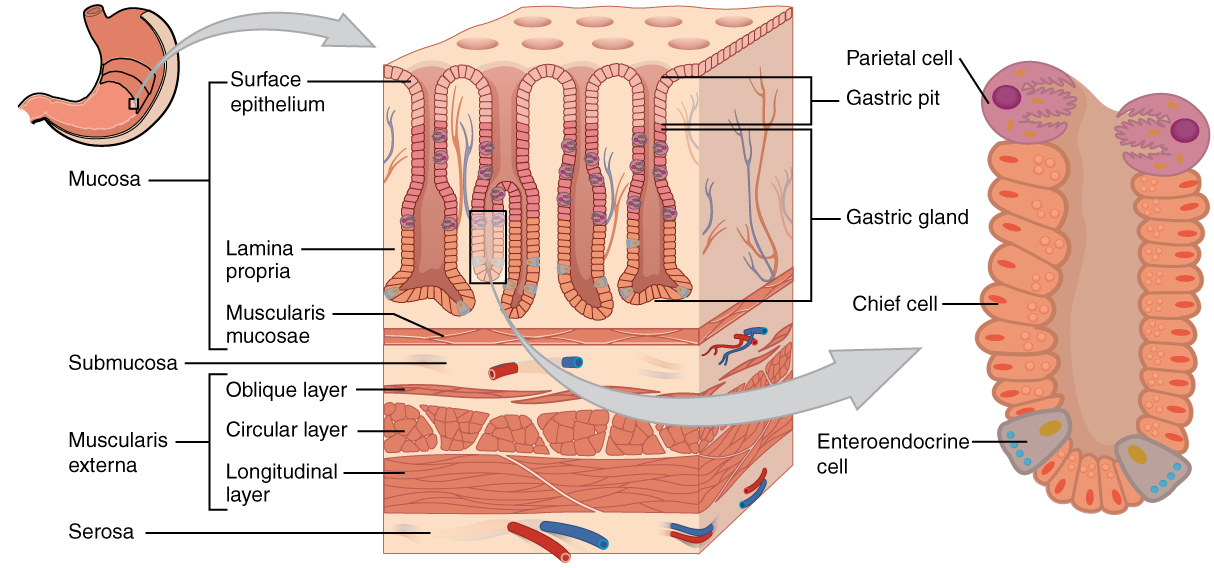




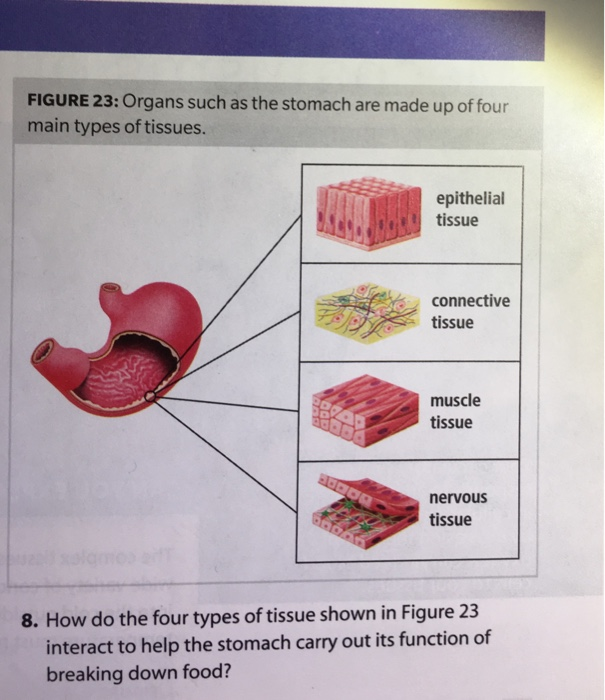
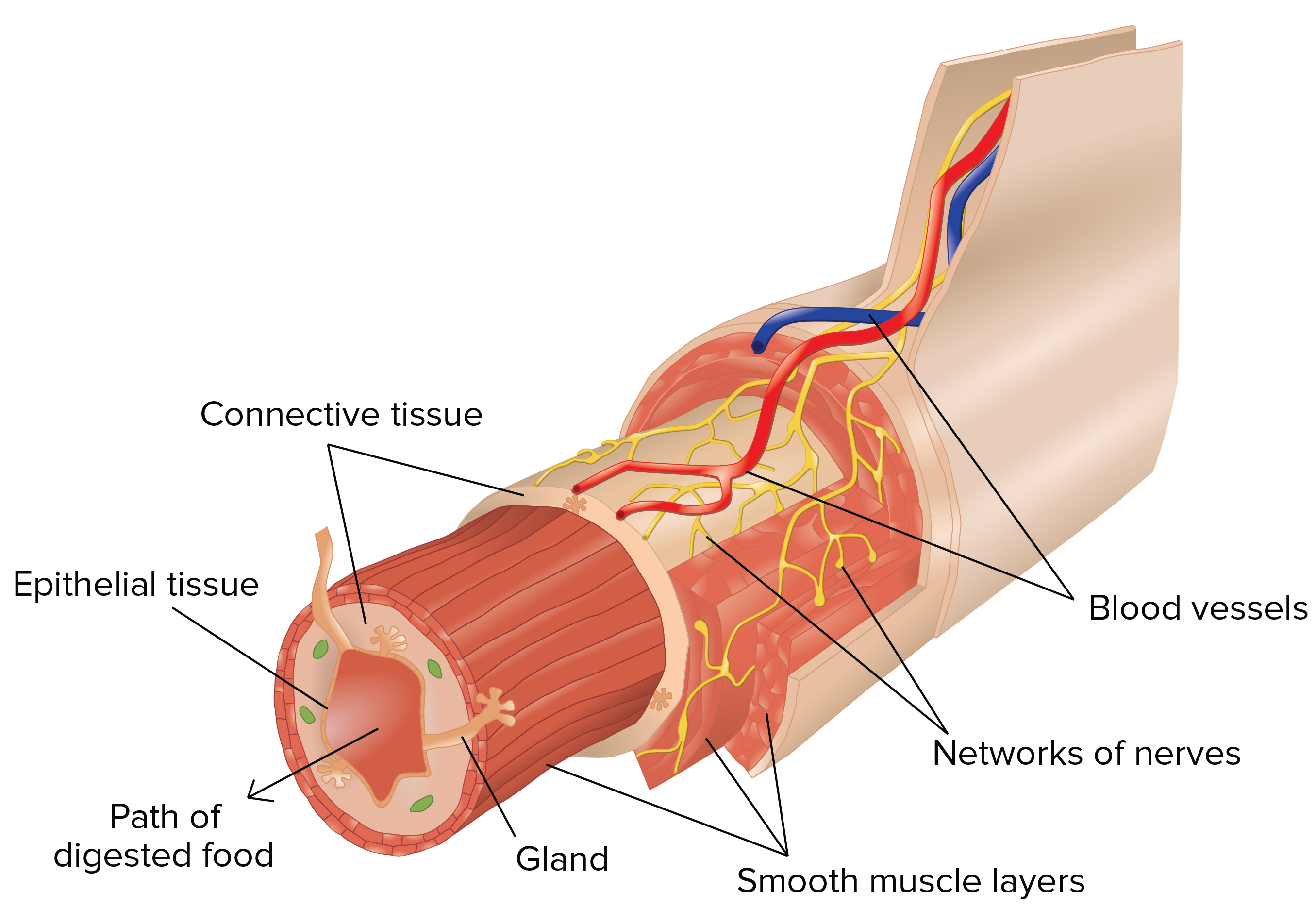

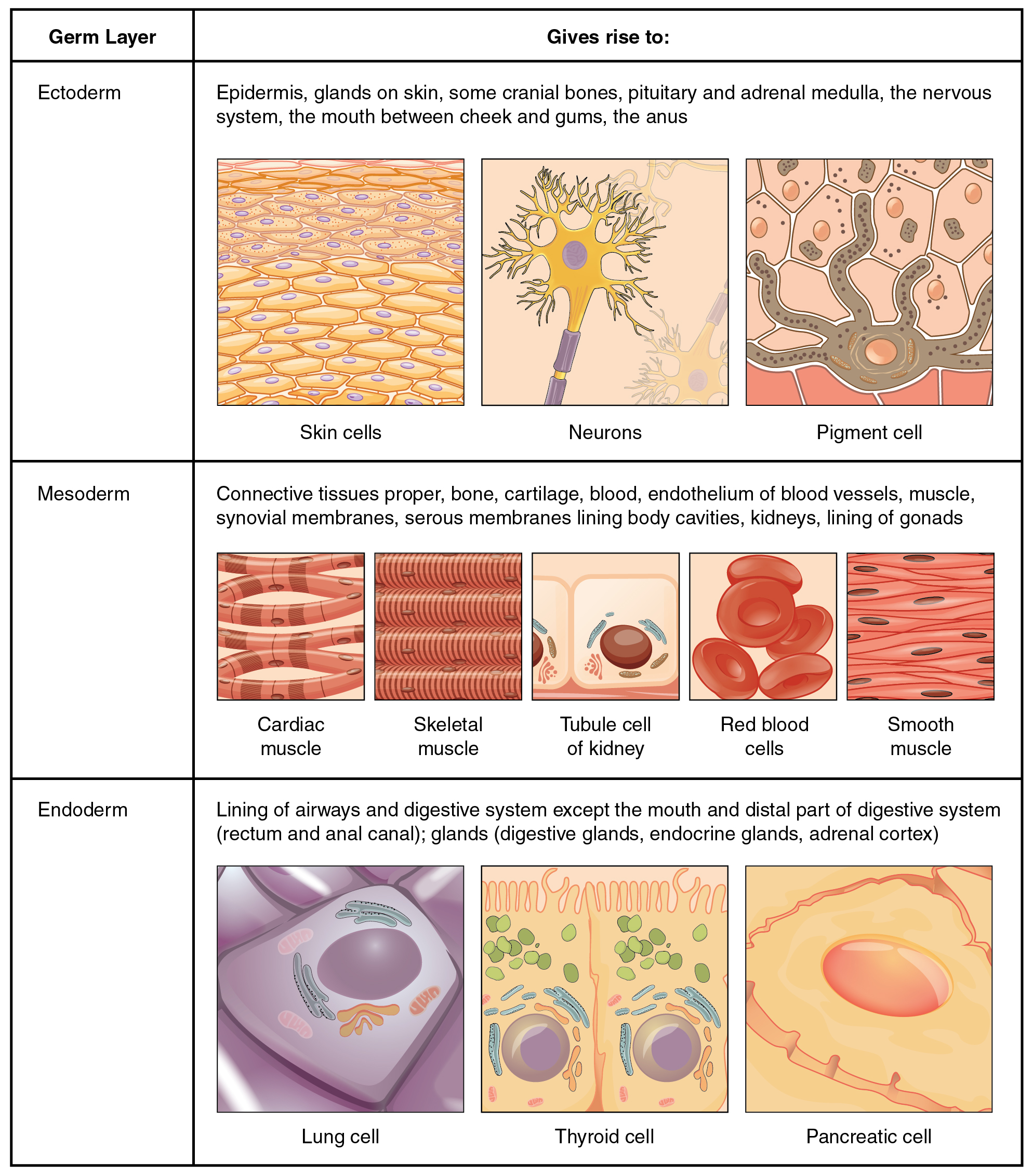
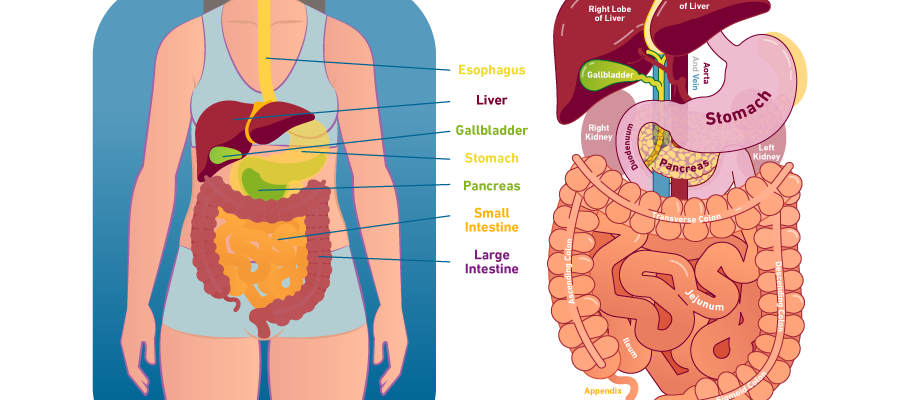


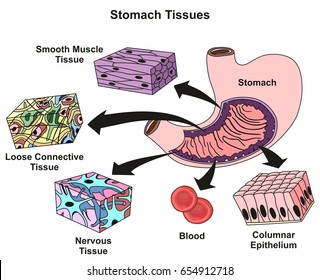



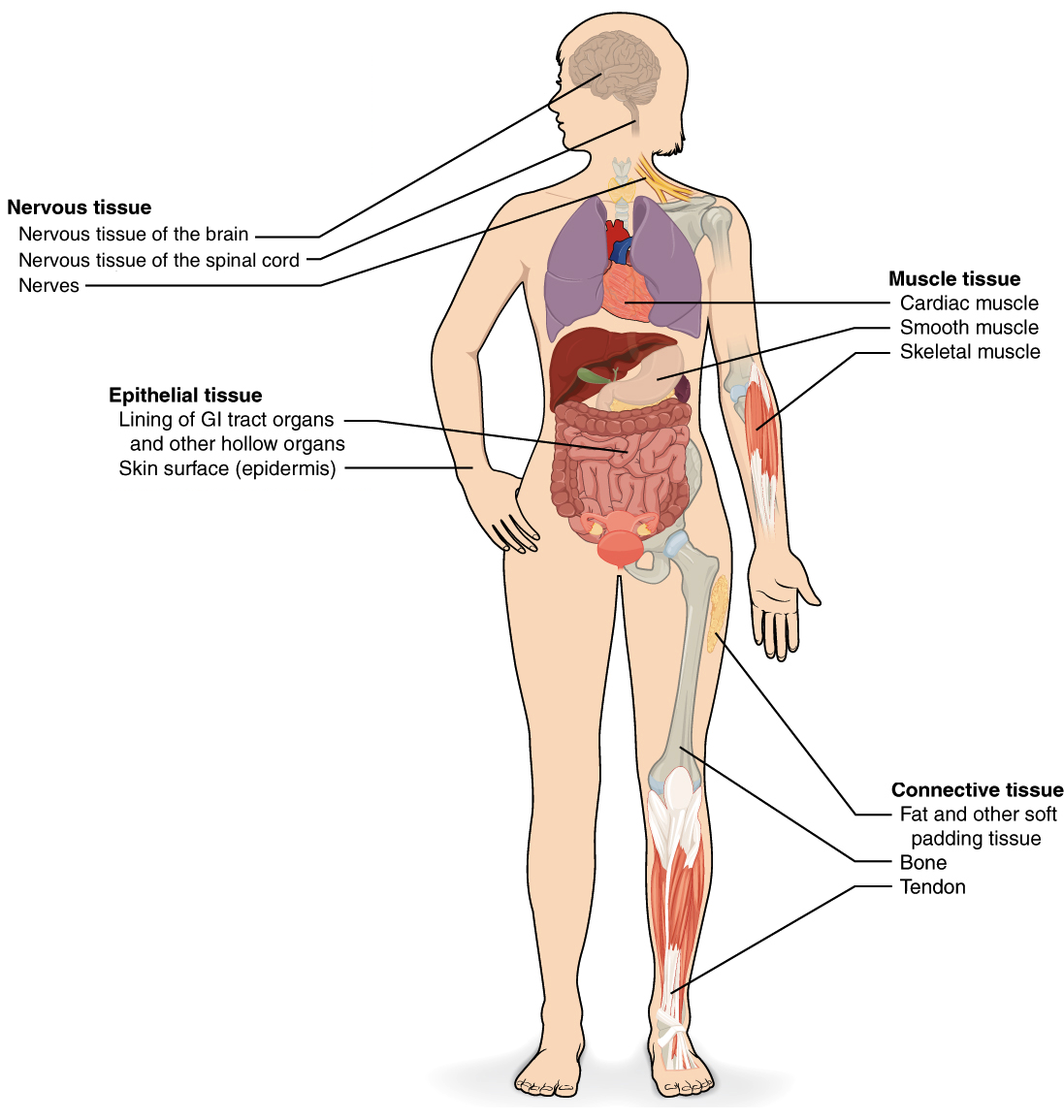




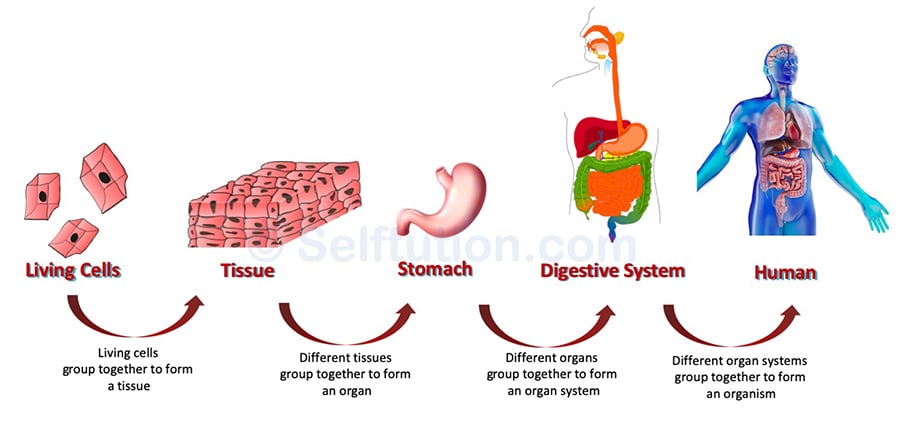
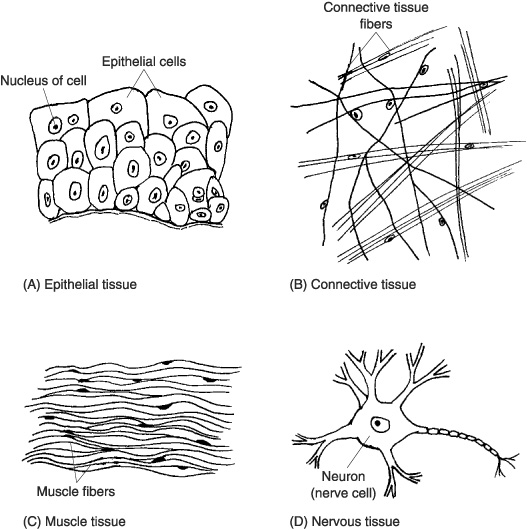

/digestive_system-5a060e8822fa3a00369da325.jpg)



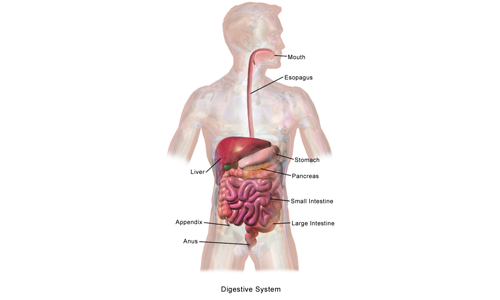

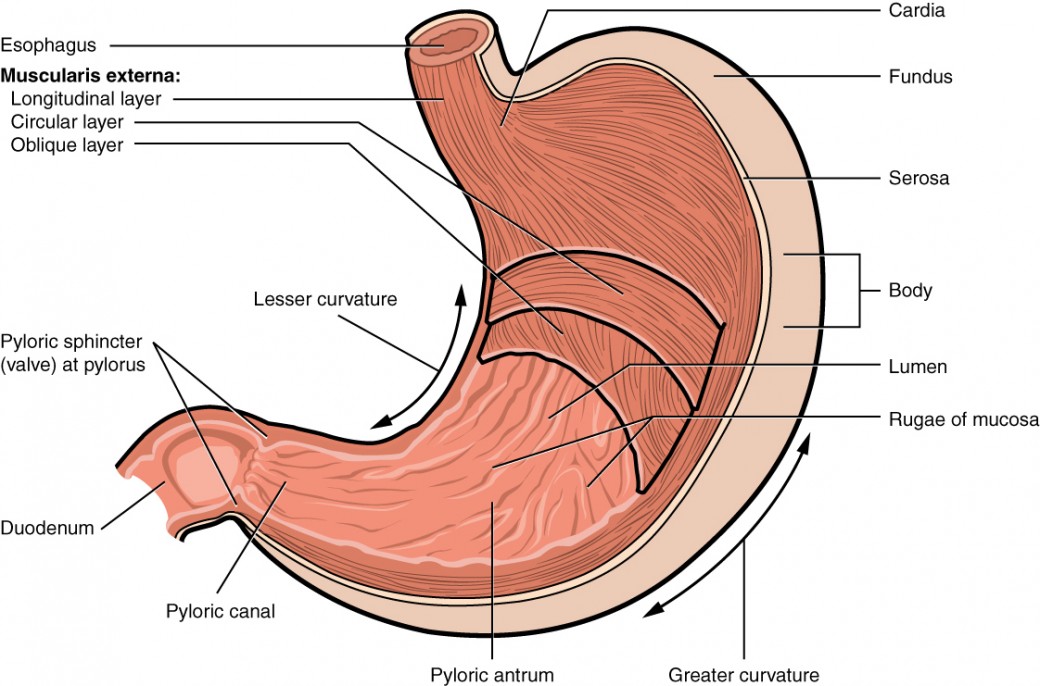

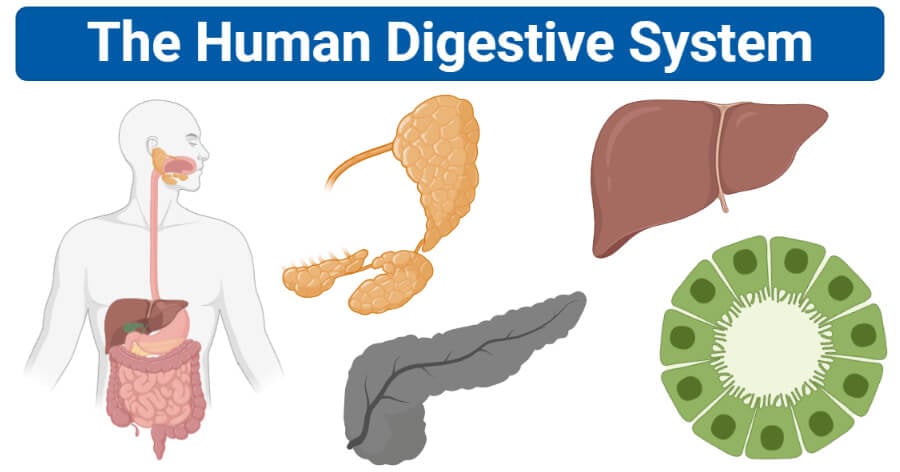
/GettyImages-973895824-4601dedf86fb42d8a6ef74d68d413593.jpg)
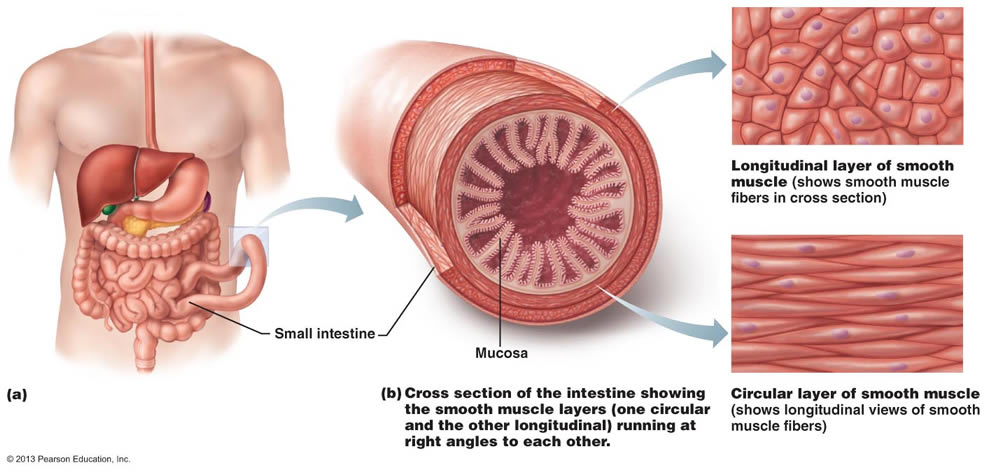


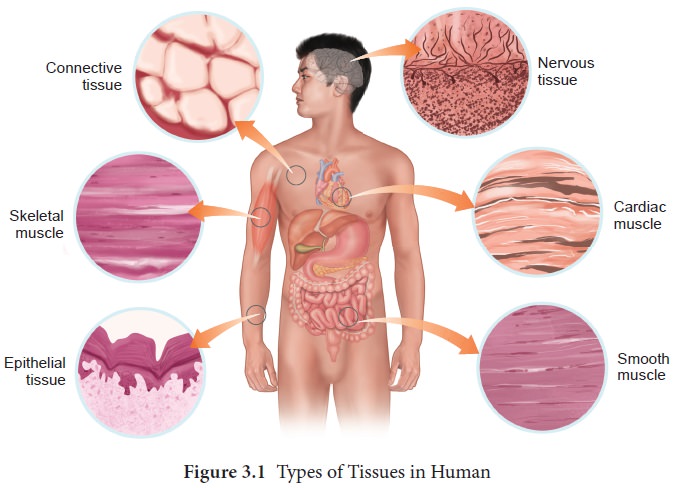
:background_color(FFFFFF):format(jpeg)/images/article/en/introduction-to-tissues-epithelial-connective-muscle-and-nervous-tissue/3Py3TunS4W4sBpH989aqA_2OkPuT9BljkRpCYhgUaA_Epithelial_cell_nuclei02.png)
Post a Comment for "Types Of Tissue In The Digestive System"